Hungryfeed test page plus tablepress.
Sanguila also stresses the importance of conserving what is left of Mindanao’s forests, especially now that we know what a special place it is. Although much of the original forest cover in the lowlands have been lost, she believes it is critical to establish new protected areas to halt the environmentally destructive harvest of natural resources, to promote societal environmental awareness, and to allow habitats to regenerate over several decades.
Siler hopes this paper is only the beginning of a bright future for biodiversity research in the area. He plans to continue working with the University of Kansas, graduate students from the program – many of whom have started their own programs in the United States – as well as their Philippine collaborators.
| Myanmar Army: The national armed forces, known as the Tatmadaw. |
|---|
| Nationwide Ceasefire Agreement (NCA): A multilateral agreement that calls for political dialogue between the Myanmar army and the country’s ethnic armed organizations. Signed on Oct. 15, 2015 by the Tatmadaw and eight armed groups. |
| Border Guard Forces (BGFs): Created by the Tatmadaw in 2009 and 2010. They were formed by integrating Tatmadaw soldiers with those from units originally with either ethnic armed organizations or militia groups. The BGFs have served as proxy forces for the Tatmadaw to exercise influence in areas not under their direct control. |
| Karen National Union (KNU): Formed in the late 1947, the KNU is Myanmar’s oldest ethnic armed opposition group. The KNU initially called for independence, but since 1976 has instead been seeking a federal system. Signed a bilateral ceasefire with the government in 2012 and is part of the NCA. |
| Karen National Liberation Army (KNLA): Formal armed wing of the KNU. It was founded in 1949. |
“When you do survey work on Mindanao, two main issues need to be addressed; security-related and local (within site) politics,” Sanguila said. Culturally, Mindanao is incredibly complex and diverse. The island is home to some two dozen ethnolinguistic groups speaking roughly 70 languages, who often have conflicting interests over how to use the island’s rich agricultural and natural resources. Proper precautions had to be taken before researchers could go into the field, including meeting with local authorities, tribal leaders, hunters, police and military for advice.
All that hard work is now paying off. “Having [Sanguila] down there and being one of the more active biodiversity researchers in the southern Philippines is a fantastic position to develop new conservation initiatives and awareness about biodiversity,” Siler said. In 2013, Sanguila came to the University of Oklahoma on a Fulbright scholarship to study genetic sampling techniques as well as the ins and outs of building and caring for a natural history collection. It was there, in collaboration with Siler, that the ambitious project to survey the reptiles and amphibians of Mindanao was born.
Another major goal of the research was to update outdated IUCN conservation status assessments by sorting out unresolved taxonomic questions. That work, the researchers say, has just begun. Many more long-term species surveys are needed to truly understand the diversity and conservation status of the reptiles and amphibians of Mindanao. That will require using modern genetic sampling techniques as well as input from more traditional taxonomists who perform the detailed work of teasing apart species relationships. According to Sanguila, 20 percent of the species recorded require “immediate systematic revisions” before informed decisions can be made regarding their conservation status.
- U.S. East Coast adopts ‘living shorelines’ approach to keep rising seas at bayby Erik Hoffner on April 24, 2024 at 4:32 pm
BLUE HILL, Maine — January brought a pair of rough storms to the northeastern U.S. They hit when the tides were high and pushed higher than normal by rising sea levels, setting numerous high-water records and prompting Maine Governor Janet Mills to request a federal disaster declaration. These events, just three days apart, built on
- Deforestation haunts top Peruvian reserve and its Indigenous communitiesby Latoya Abulu on April 24, 2024 at 4:01 pm
A recent report has revealed a spike in deforestation in the buffer zone of one of the world’s best-protected areas, Peru’s Amarakaeri Communal Reserve. Between 2001 and 2023, 19,978 hectares (49,367 acres) of forest were lost in the buffer zone of the reserve, which is home to the ancestral lands of the Indigenous Harakbut, Yine
- Global study maps most detailed tree of life yet for flowering plantsby Lizkimbrough on April 24, 2024 at 3:34 pm
After the first flower bloomed on the Earth, flowering plants evolved a staggering diversity and now make up about 90% of all plant life. Charles Darwin called this rapid domination an “abominable mystery.” A study published today, April 24, in the journal Nature and led by the Royal Botanic Gardens, Kew, unveiled the most comprehensive
- Tribes turn to the U.N. as major wind project plans to cut through their lands in the U.S.by Latoya Abulu on April 24, 2024 at 3:26 pm
Last week, a United States federal judge rejected a request from Indigenous nations to stop SunZia, a $10 billion dollar wind transmission project that would cut through traditional tribal lands in southwestern Arizona. Amy Juan is a member of the Tohono O’odham nation at the Arizona-Mexico border and brought the news of the federal court’s
- All aboard Tren Maya: Here’s what we found riding Mexico’s controversial railwayby Alexandrapopescu on April 24, 2024 at 2:00 pm
CANCÚN, Mexico — The Mexican government finally opened its huge, controversial train project last December, connecting Cancún and Tulum with the rest of the Yucatán Peninsula. And yet, despite all the anticipation leading up to that moment, no one seems to know what’s going on with the train right now. Like, is it really open?
- Forest officer’s killing highlights Bangladesh authorities’ waning powerby Abusiddique on April 24, 2024 at 9:01 am
DHAKA — Police in Bangladesh have arrested one person and are looking for nine others suspected of killing a forest officer after he caught them illegally excavating soil in a protected area of the country’s southern Cox’s Bazar district. The incident highlights what experts say is a worrying trend of law enforcement failing to keep
- Afro-Brazilian communities fight a rain of pesticides & the company behind itby Xavier Bartaburu on April 24, 2024 at 12:16 am
CONCEIÇÃO DA BARRA, Espírito Santo — Beatriz Cassiano was working in her vegetable garden when she suddenly heard her grandson yelling, “Grandma, get out of there, get out, come in the house! The plane!” In an interview with Mongabay, Cassiano recalls being caught off guard by an airplane dropping pesticides as it flew over the
- Consent and costs are key questions on extraction of ‘energy transition’ mineralsby Erik Hoffner on April 23, 2024 at 10:41 pm
Minerals and metals used in technologies enabling much of the global energy transition and their applications are relatively new and require thought and reporting that probes questions related to their need, the growing social, human and environmental impacts mining for these minerals have, and the geopolitical tensions they may exacerbate. To learn more, Mongabay speaks
- Warming seas push India’s fishers into distant, and more dangerous, watersby Jeremy Hance on April 23, 2024 at 4:55 pm
KANNIYAKUMARI, India — Anthoni Dhasan, 47, sits on the deck of his fishing boat at the harbor of Thengapattanam in Tamil Nadu, India’s southernmost state, peering out at the stormy Indian Ocean. It’s been a year since his last fishing expedition — the one that almost took his life. On Feb. 19, 2023, Dhasan and
- Ecuador’s first Indigenous guard led by Kichwa women: Interview with María José Andrade Cerdaby Latoya Abulu on April 23, 2024 at 4:03 pm
Yuturi ants are peaceful until their territory is threatened. This species, also known as the ‘conga ant,’ is considered a warrior in Amazonian Kichwa Indigenous culture, as these bugs don’t allow anyone to enter their home without permission — just like the women of Serena, an Indigenous community located on the banks of the Jatunyacu
- Nepal’s tigers & prey need better grassland management: Interview with Shyam Thapaby Abhayarajjoshi on April 23, 2024 at 1:09 pm
As winter bids adieu to the Northern Hemisphere and the mercury peaks and humidity plummets, most of Nepal’s plains and hills become tinderboxes awaiting a spark. As officials face a gargantuan task of controlling wildfires, some authorities from Nepal’s Department of National Parks and Wildlife Conservation are themselves involved in starting fires in the name
- Amid record-high fires across the Amazon, Brazil loses primary forestsby Alexandredesanti on April 23, 2024 at 7:00 am
The number of fires shows no signs of easing as Brazil’s Roraima faces unprecedented blazes, and several Amazonian countries, including Guyana, Suriname and Venezuela, registered record-high outbreaks in the first quarter this year.
- Activists file last-gasp suit as Indonesia fails again to pass Indigenous billby Philip Jacobson on April 23, 2024 at 6:08 am
JAKARTA — Civil society advocates representing more than 2,000 customary communities in Indonesia have initiated last-ditch legal challenges over parliament’s failure to pass an Indigenous rights bill during the 10-year administration of President Joko Widodo. “It is very important that there is the guarantee of legal certainty concerning the recognition and protection of Indigenous peoples
- Bioplastics as toxic as regular plastics; both need regulation, say researchersby Glenn Scherer on April 22, 2024 at 7:57 pm
As negotiators meet this week for the fourth round of global plastics treaty talks, scientists warn that both plant-based and petroleum-based plastics are toxic, with both needing tough regulation to protect public health.
- No protection from bottom trawling for seamount chain in northern Pacificby Rebecca Kessler on April 22, 2024 at 6:56 pm
The Emperor Seamount Chain is a massive and richly biodiverse set of underwater mountains stretching about 3,000 kilometers (1,900 miles) south from the Aleutian Islands in the northwest Pacific. From the 1960s until the 1980s, bottom trawlers plied the area aggressively, decimating deep-sea coral communities and fish stocks, and removing biomass to a degree not
- Uttarakhand limits agricultural land sales amid protests & tourism developmentby Karencoates on April 22, 2024 at 6:14 pm
For months, residents in the Himalayan foothills of Uttarakhand have been fighting for the introduction of land laws that would prevent agricultural land from being sold to people from outside the state. These protests come at a time of transition in Uttarakhand. As infrastructure and business development for tourism increase, the region has seen an
- A web of front people conceals environmental offenders in the Amazonby Alexandredesanti on April 22, 2024 at 3:00 pm
A paper trail left by a notorious land grabber reveals how he used relatives and an employee as fronts to evade environmental fines and lawsuits, shedding light on this widespread practice in the Brazilian Amazon.
- Mexico’s avocado industry harms monarch butterflies, will U.S. officials act? (commentary)by Erik Hoffner on April 22, 2024 at 2:15 pm
Monarch butterflies are returning to gardens across the United States, but a few months ago, I stood in a mountain forest in Mexico where the monarchs spend the winter. They clustered on trees by the thousands and when the sun hit them, they swarmed in a cloud of bright orange confetti. I was surrounded by
- Bangladesh uses satellite transmitters on saltwater crocodiles in Asia’s firstby Abusiddique on April 22, 2024 at 12:59 pm
DHAKA — In a breakthrough in saltwater crocodile conservation in the country, Bangladesh has started using a satellite tagging system to monitor the species’ movements, habits, and life span in the Sundarbans mangroves. These mangrove forests are the animal’s only wild habitat in Bangladesh. On March 13, Bangladesh Forest Department, for the first time in
- Study challenges use of charismatic wildlife as umbrella species for conservationby Basten Gokkon on April 20, 2024 at 1:08 am
JAKARTA — In wildlife conservation management, the best species to focus on to maximize protection of a region’s biodiversity aren’t necessarily the most charismatic ones, a new study from Indonesia’s Leuser Ecosystem suggests. Conservation managers have long prioritized the management of what are known as umbrella species, on the basis that protecting these high-profile species

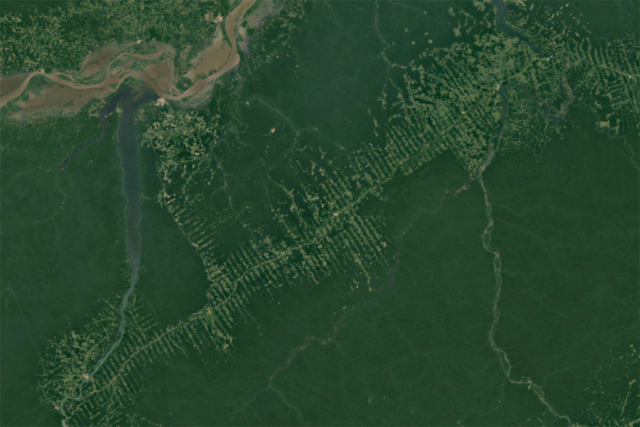
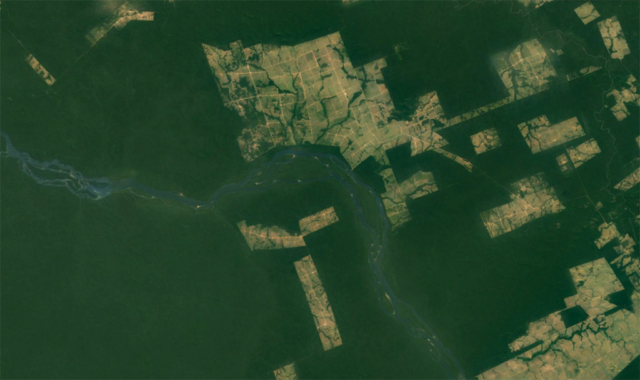
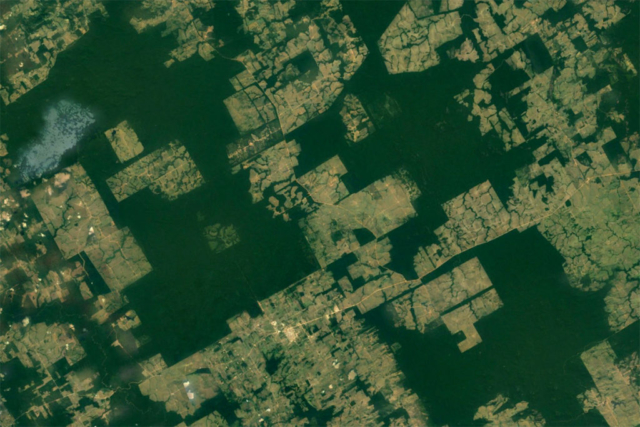
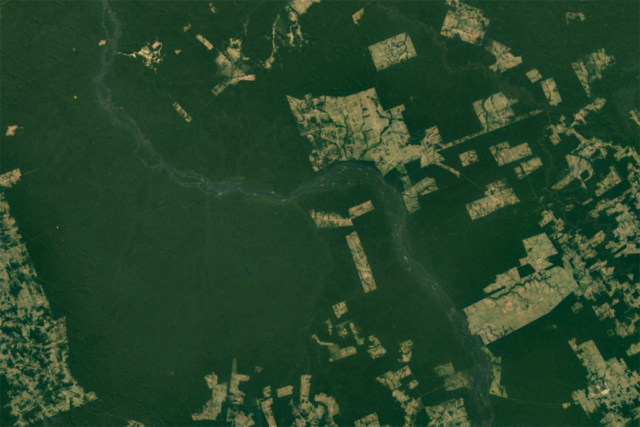
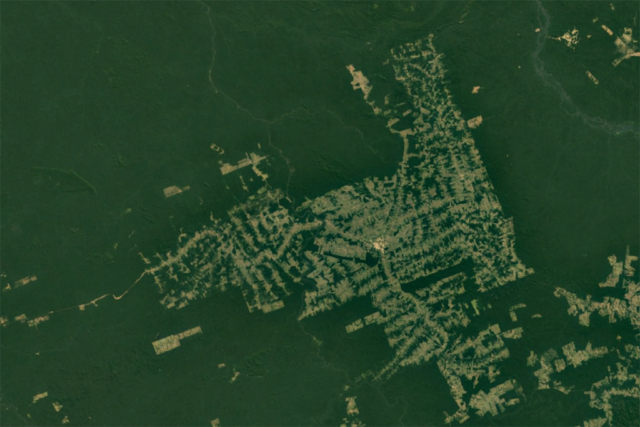
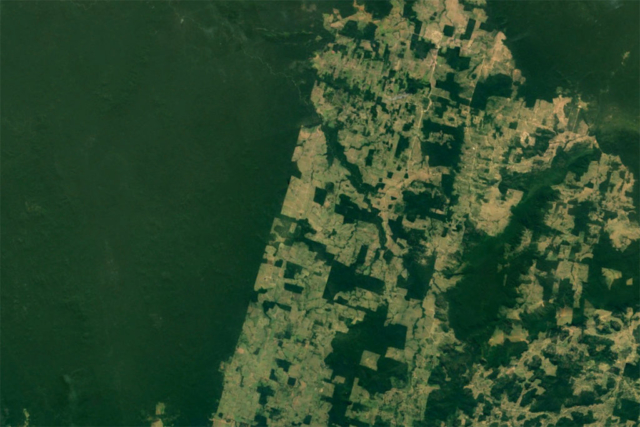
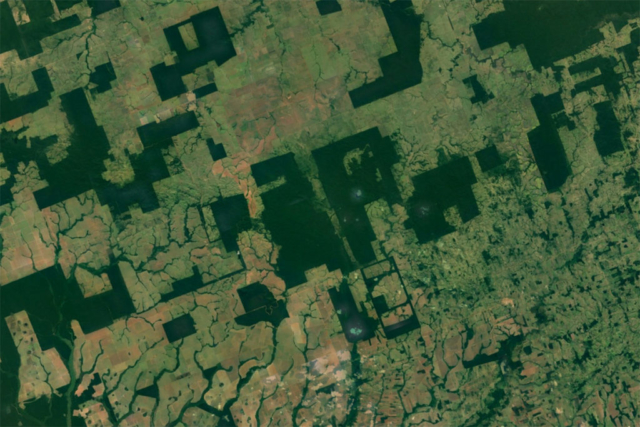
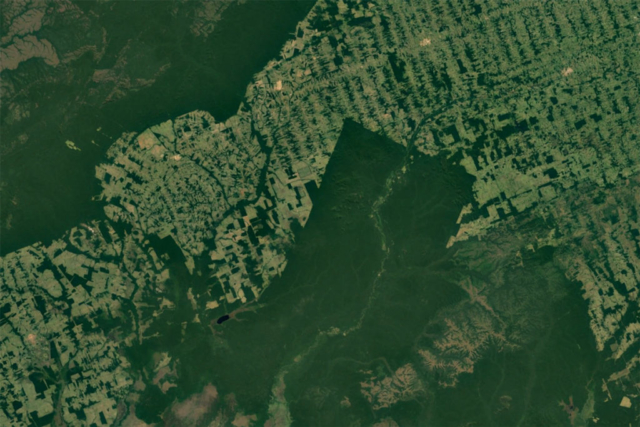
Recent Comments